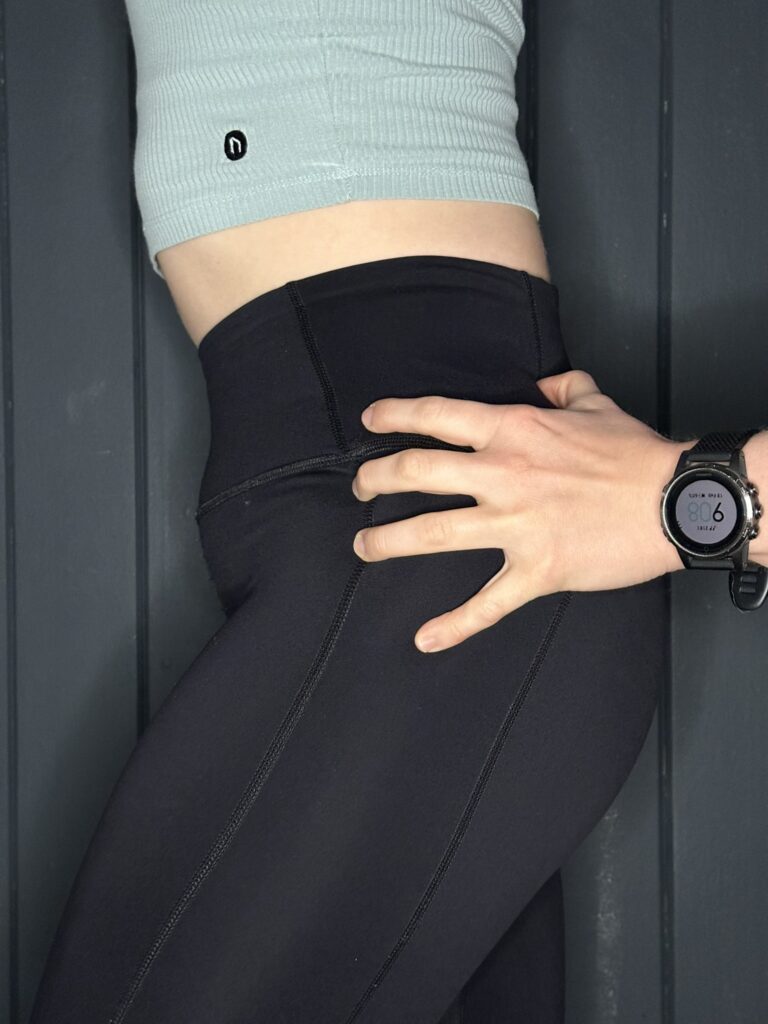Running is one of the best ways to stay fit, but if you’re experiencing pain on the side of your hip that sometimes extends down to your knee, it could be a sign of an underlying issue. Many runners assume that hip pain is just a part of training, but it often stems from muscle imbalances that overwork the glute complex.
At St. M Physiotherapy, we help runners in the TW1 area stay injury-free and perform at their best. Read on to understand why hip pain happens and how you can prevent it.
Why Do Runners Get Hip Pain?
One of the most common causes of hip pain in runners is gluteus medius overuse due to weakness in the surrounding muscles. The gluteus medius is responsible for stabilizing the pelvis when you run, and when other muscles (like the core, hamstrings, and deep hip stabilisers) are weak, it has to work harder than it should.
Over time, this overuse leads to tightness, inflammation, and pain in the side of the hip, sometimes radiating down to the outside of the knee. This condition is often mistaken for iliotibial (IT) band syndrome, but the root cause is actually muscular imbalance.
How Muscle Weakness Contributes to Hip Pain
A recent study on functional weakness in movement disorders found that the gluteus maximus and iliopsoas muscles work together in a coordinated pattern to stabilise the lower body. When this natural synergy is disrupted—often due to muscle imbalances—the glutes compensate by working too hard, leading to pain and dysfunction.
In runners, this means:
- Weak core and hip stabilisers → Reduced pelvic stability
- Gluteus medius working overtime → Tightness and irritation in the hip
- Pain spreading to the knee → Due to excessive strain on the IT band
This research reinforces what physiotherapists have long known: fixing hip pain starts with strengthening the right muscles.
How to Prevent and Treat Running-Related Hip Pain
The good news? Hip pain in runners is preventable and treatable with proper physiotherapy and strengthening exercises. Here’s how:
1. Strengthen Your Core and Hip Stabilisers
Weak core muscles force the hips to compensate. Adding core and hip stability exercises (such as side planks and single-leg glute bridges) can relieve strain on the glutes and prevent pain.
2. Improve Your Running Form
Poor biomechanics can contribute to muscle imbalances. A running gait analysis at St.Margarets Physiotherapy Clinic can identify and correct any issues.
3. Targeted Physiotherapy & Massage
Physiotherapy can help address underlying weaknesses, while deep tissue massage relieves tightness and improves muscle function.
4. Gradual Load Management
Sudden increases in mileage can stress weak muscles. Progressing gradually and incorporating strength training can prevent overload injuries.
Get Physiotherapy Support Today
If you’re experiencing hip pain while running, don’t wait for it to worsen. At [Your Clinic Name], we specialize in treating running injuries and helping athletes perform pain-free.
📍 Conveniently located in TW1
📅 Book Your Appointment Today
Let’s get you back to running stronger and pain-free!
See you soon!
Paula x
@St. M Physiotherapy Clinic

